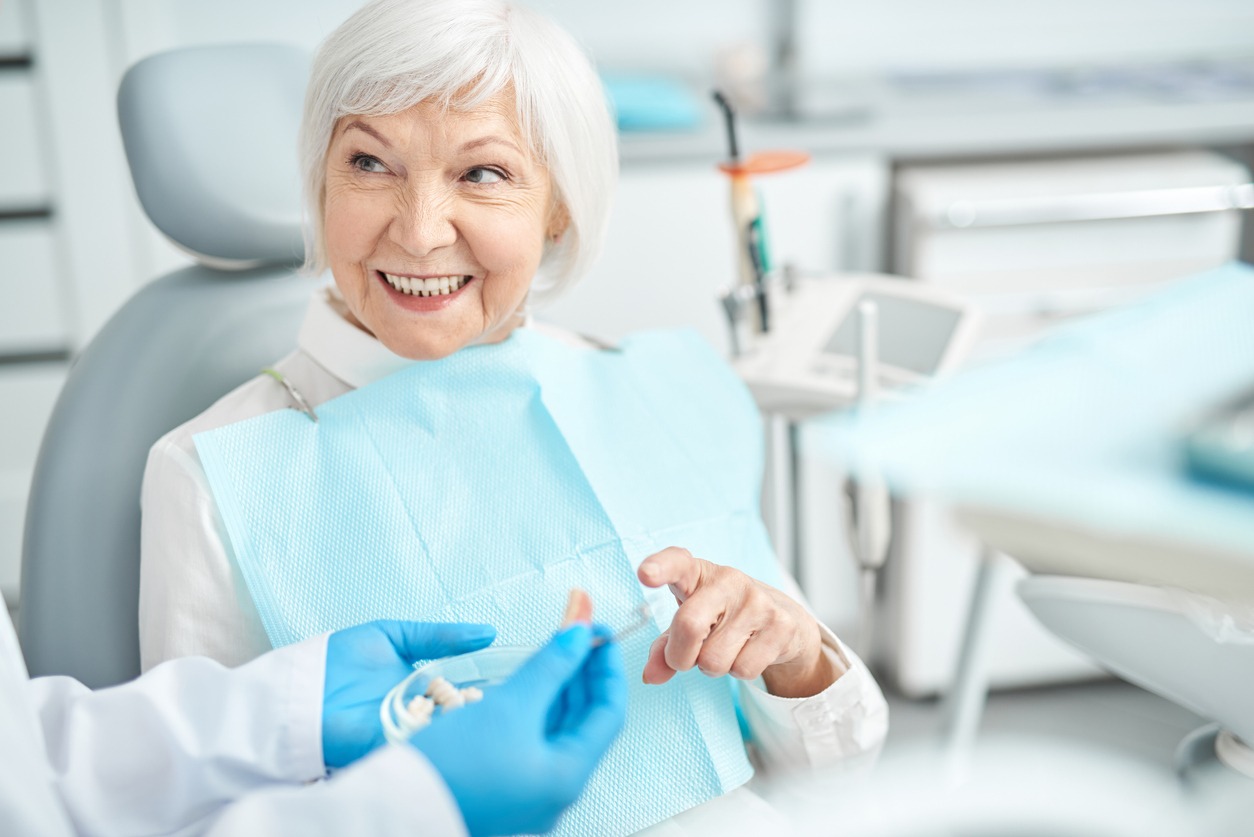As dental patients today, we have many advantages not available to people in the past. One such significant advantage is anesthesia. Thanks to advancements like this made in the past centuries, we can feel less anxious about going to the dentist. Dr. Tracey Mulhall walks us through some of this history to understand more about modern dentistry today.
Ancient Dentistry
An Egyptian named Hesy-Re is believed to have been the first practicing dentist. In his time and as early as 5000 BC, tooth decay was called “tooth worms.” Although people in those days did not have fluoride toothpaste, they suffered less tooth decay than you might think. This is because they ate vegetable-rich diets and anti-bacterial weeds.
Medieval Dentistry
In about 700 AD, the Chinese started filling teeth with amalgam after tooth decay. But medieval Europeans were the first to teach dental surgery practices. The French considered dental surgeries like tooth extractions routine dental care by 1210. In the 1500s, dentistry books explained jaw anatomy and tooth decay. These books also explored tooth extraction and other practices used in dental clinics. It was also in medieval times that anesthesia was first used, primarily made from herbal mixtures containing opium and hemlock.
18th Century Dental Practices
Dental clinics in the 1700s routinely performed root canals. They also provided restorations like crowns and dentures. The first cosmetic dentistry took place during this era, particularly in their attempts to make gold crowns look more like natural teeth.
Also in the 1700s, Paul Revere performed dental services in America. George Washington and his wife Martha are both known to have worn dentures. George went through many sets of false teeth, including those made of hippo ivory, bone, lead, gold wire, brass screws and natural human teeth. Although this dentistry was quite advanced for the time period, President Washington is also known to have suffered a great deal because of his ill-fitting dentures. He disliked smiling and his face shape changed because of his poorly crafted restorations.
The Beginnings of Modern Dentistry
By the mid-1800s to early 1900s, dentists were using ether anesthesia when performing oral surgery St George Utah. They were also providing patients with preventive care and diagnosing problems using the first X-rays. By the turn of the century, most patients used tube toothpaste daily with a manufactured toothbrush.
The first female dentist in the United States, Dr. Lucy Beaman Hobbs, was licensed in 1866. The first African-American man to practice in America was Dr. Robert Tanner Freeman. He launched his career after licensing in 1869, only four years after the end of the Civil War. In Canada, Emma Gaudreau Casgrain was the first female licensed dentist. She started her practice in 1898.
Advancements after 1905
Dental clinics became a lot less intimidating for patients after 1905, when novocaine was invented. A school for oral hygiene opened in 1913, providing the first professional education and research into the field of daily oral health. By the 1940s, fluoridated water also became the norm, just as it protects teeth today.
In 1957, the high-speed drill was invented by a practicing dentist for use in dental restorations. This sped up the procedures and made them a lot more bearable for patients under anesthesia. The first lasers were used in the 1960s for treatment of gum disease and fillings made of composite resin were introduced.
It was much later in dentistry that teeth whitening products became popular. In 1989, the first home bleaching kits hit store shelves. This shifted public focus on just oral health to cosmetic dentistry and new options for attractive looking smiles. In-office whitening treatments, veneers and tooth-colored restorations became popular. Since the 1990s, dental implants have hit the mainstream and provided an alternative to traditional dentures.
Where Dentistry Is Going from Here
As you can see, dental care has been a science and health practice for thousands of years. Throughout this time, the craft has advanced. You can expect dentistry to keep advancing, for example in better prevention of tooth decay through use of lasers. But for now, you have a wide range of dental care services available to you for your best oral health.

